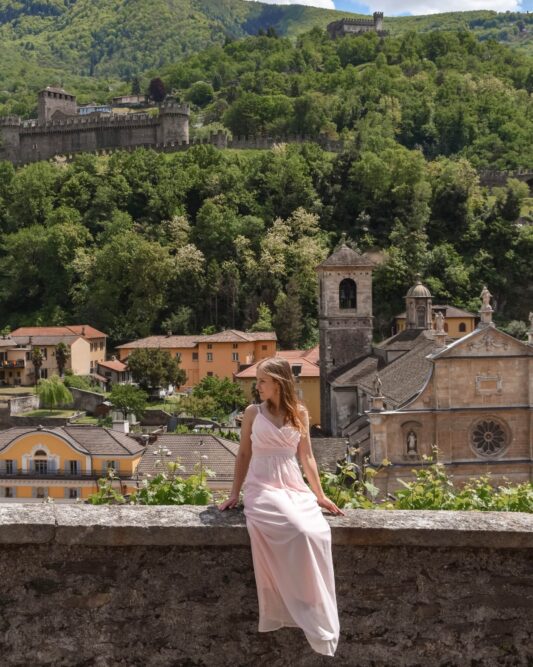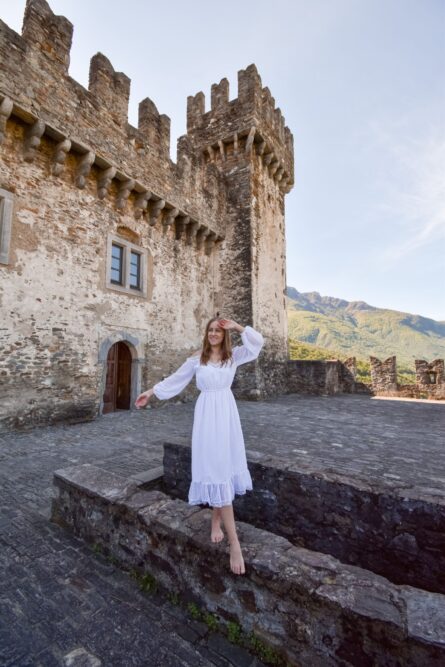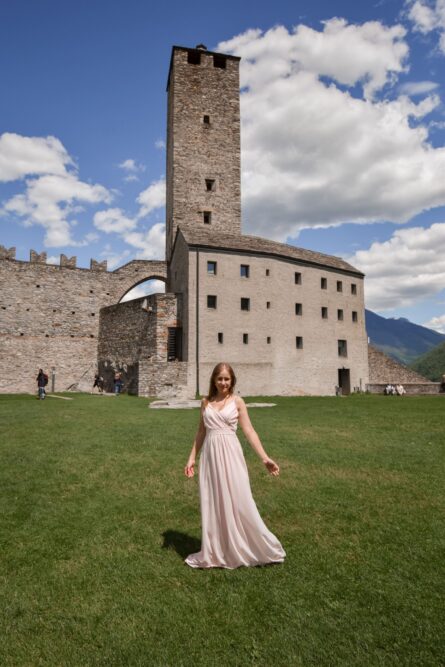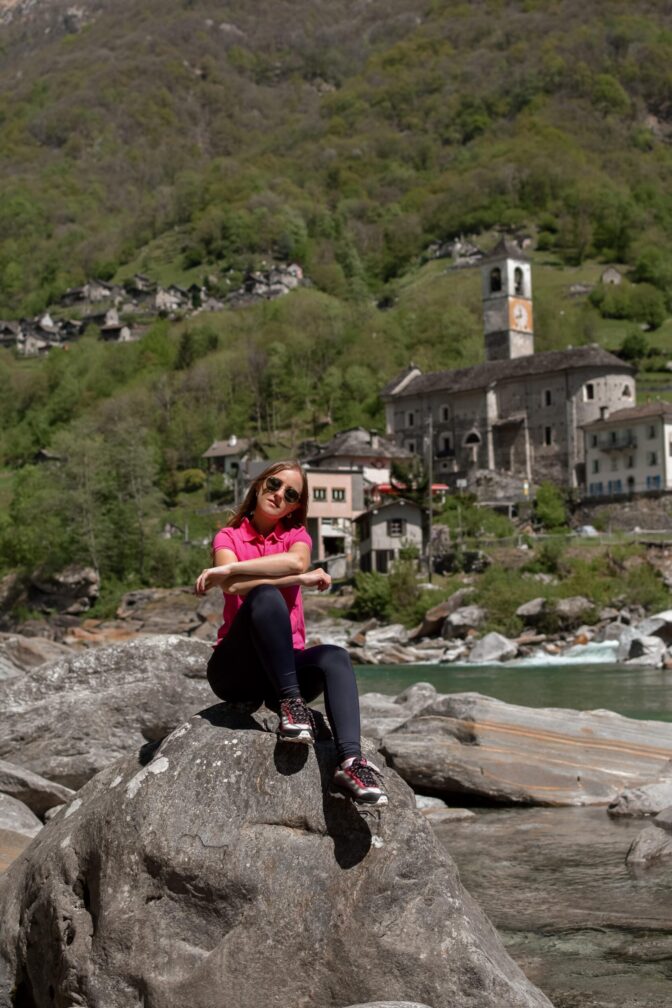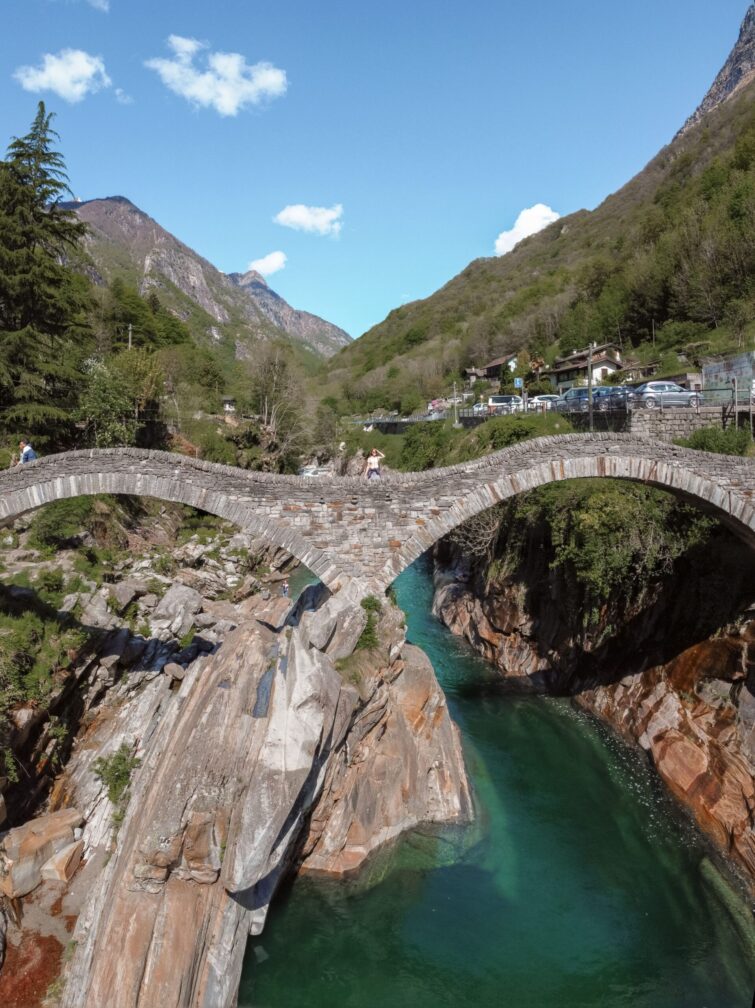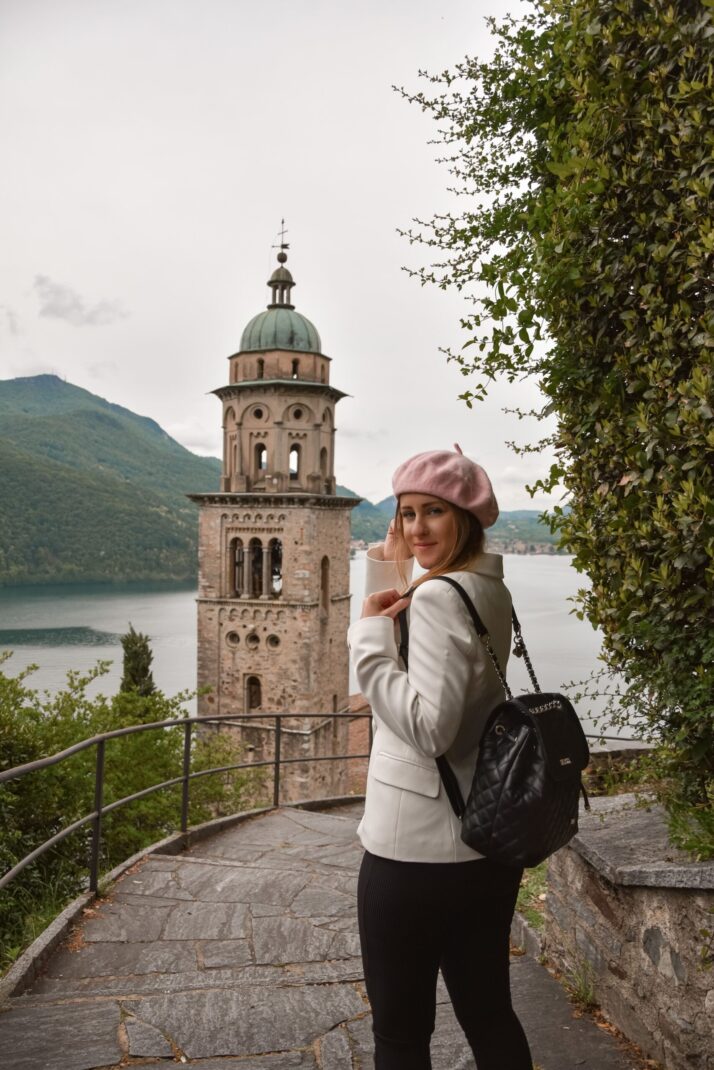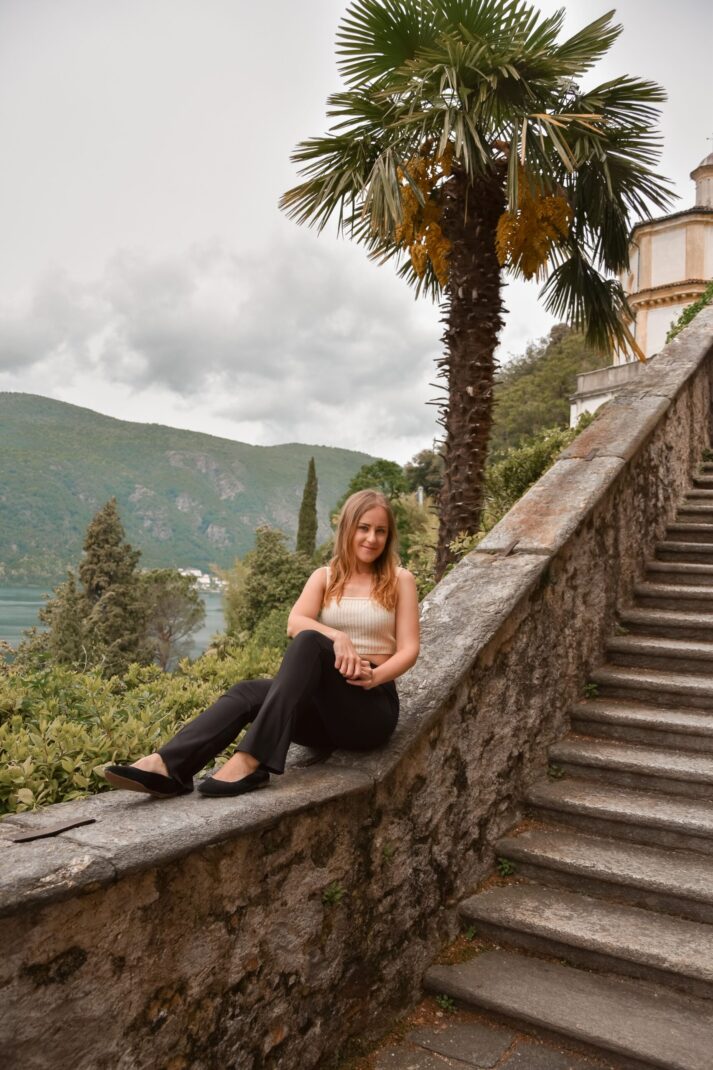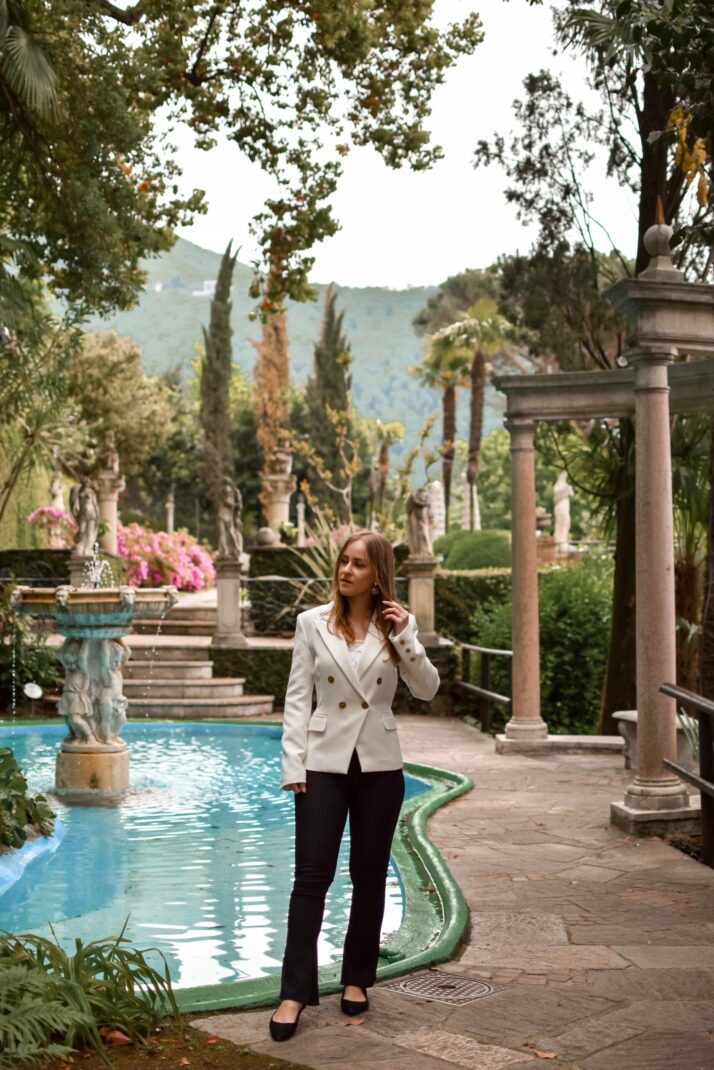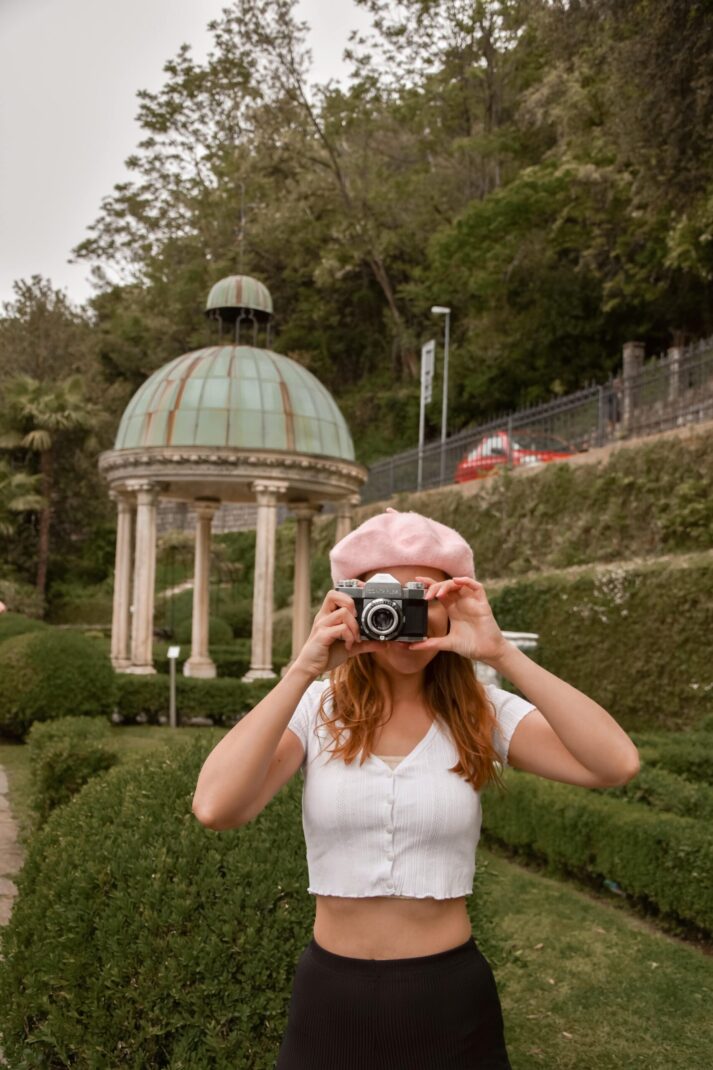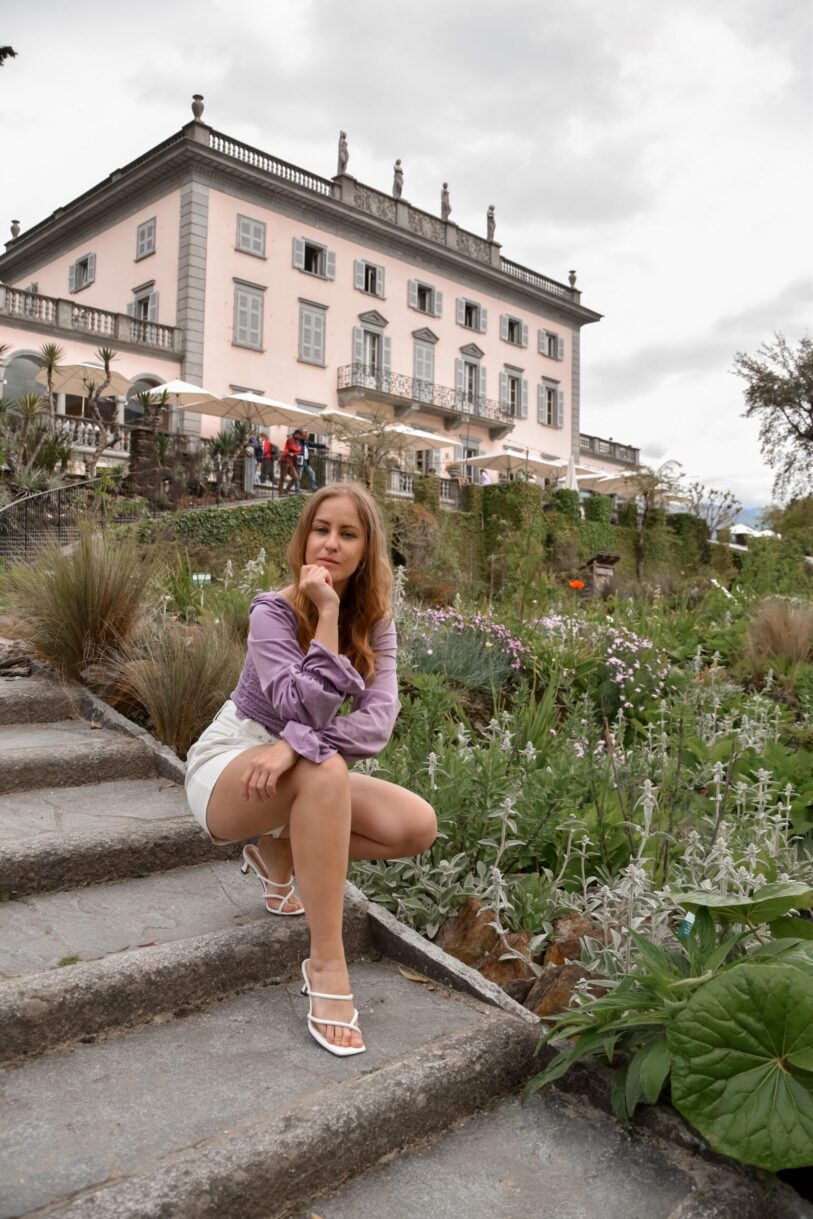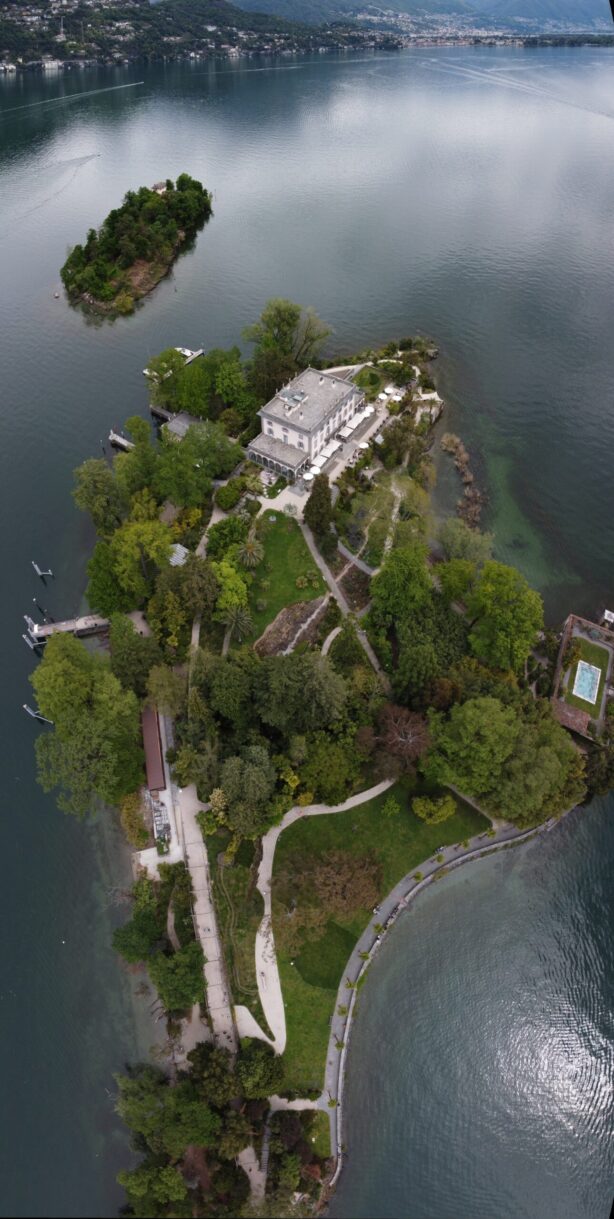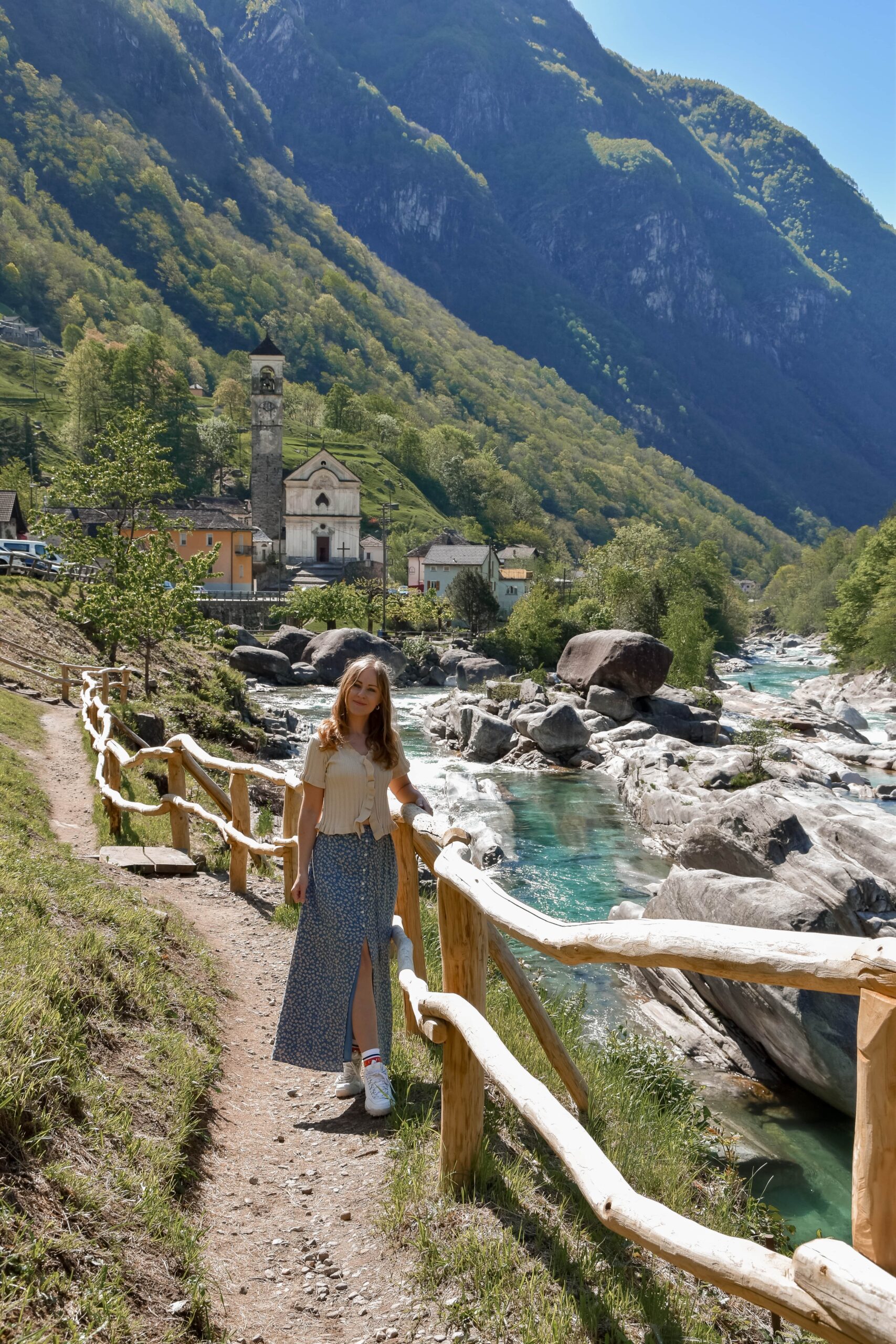
What could be better than spending a long weekend in Ticino? There are so many beautiful places to discover. I’m happy to share with you my personal highlights of our weekend trip in Ticino and wish you a wonderful vacation already now.
Bellinzona
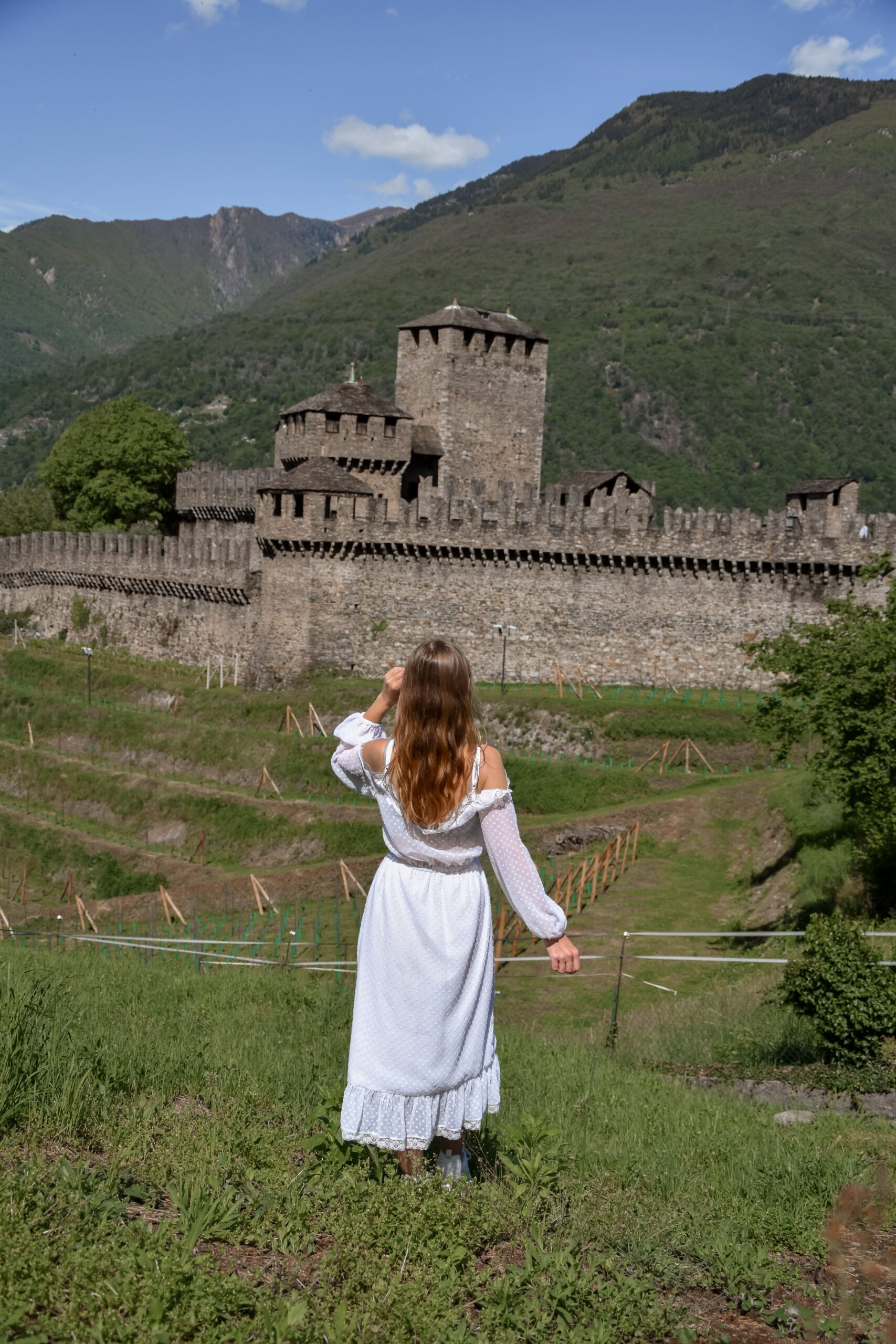
First our Ticino led us to Bellinzona. The capital of Ticino is surrounded by the mighty fortress complex with three of the best preserved medieval castles in Switzerland, a UNESCO World Heritage Site. A visit is worthwhile in any case. You should also not miss a walk through the city center – best followed by a pizza or a gelato. By the way, Bellinzona is also home to the Federal Criminal Court – which is of course of particular interest to me as a lawyer.
The Castelgrande is the center of the fortifications of Bellinzona with an area of about 150 by 200 meters. It is protected by a rock wall to the north, with access from the south. You can see the 27 meters high Torre Bianco, the Ridotto and the 28 meters high Torre Nera. The Castello di Montebello was built in the late 13th century. Since the castle was built on a hill that was not particularly protected, deep ditches were also dug. The Castello di Sasso Corbaro is the only one not connected to the other fortifications, rather it stands isolated on a rocky spur southeast of the old town. It dates from 1479 to 1482.
Valle Verzasca
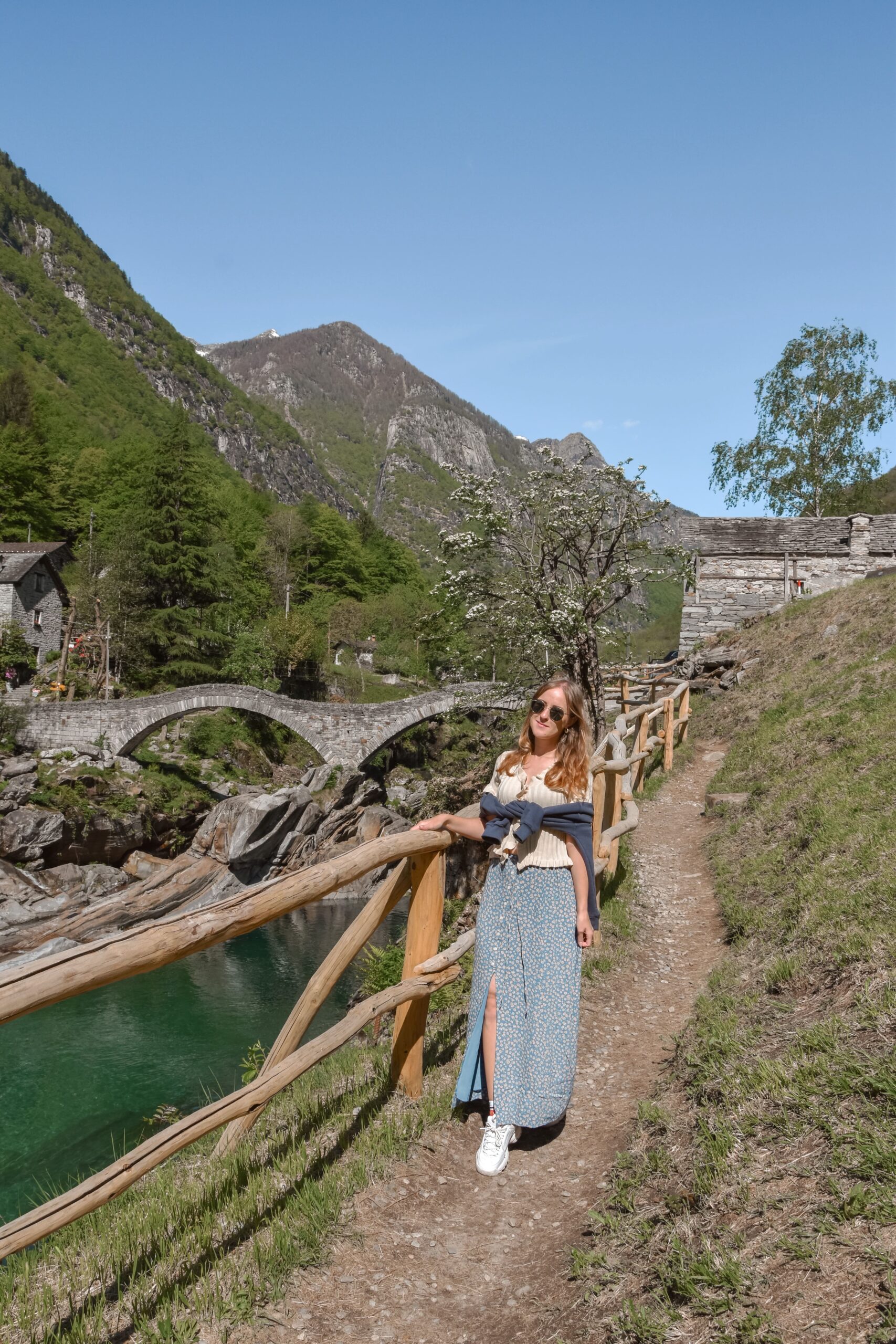
The Verzasca Valley is worth a visit. Especially because of the emerald green Verzasca River with its fine gorges and deep pools that invite you to swim. The water is crystal clear. Some bathing spots are often called the “Maldives of Switzerland”. A hike through the Verzasca Valley and the beautiful villages is worthwhile. Don’t miss the village of Lavertezzo with the Ponte dei Salti (Roman bridge).
Also after a hike you can cool down in Lavertezzo and the Verzasca with a unique view of the village. I, for one, enjoyed the view very much. It is recommended to arrive already in the morning. Just near the bridge there are several parking lots, but they fill up quickly.
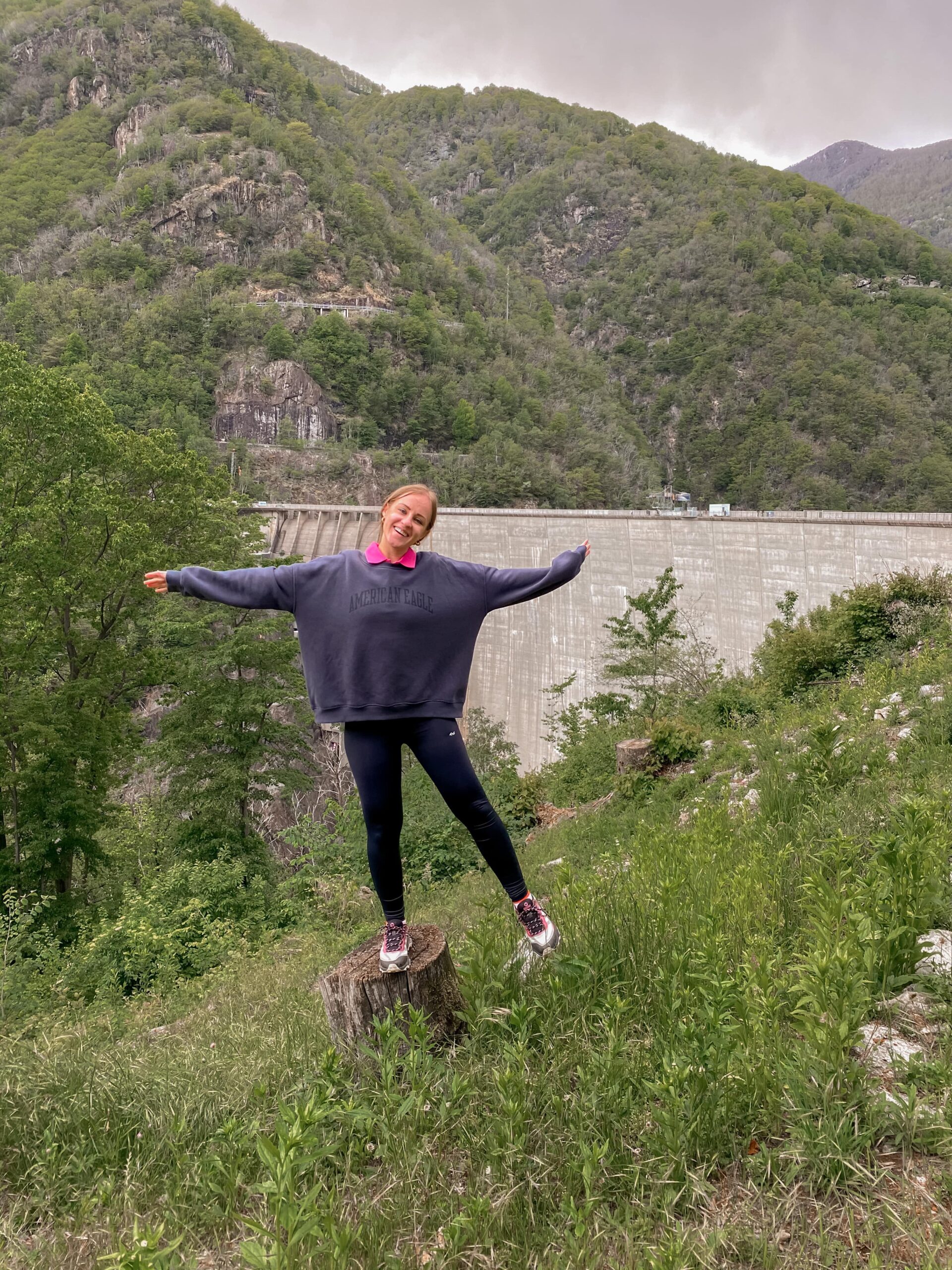
Also the action enthusiasts among you can get their money’s worth in the Verzasca Valley. Have you always wanted to do a bungee jump à la James Bond? Then you should visit the Contra dam wall, where Agent 007 James Bond also jumped into the depths in the film Golden Eye.
Morcote
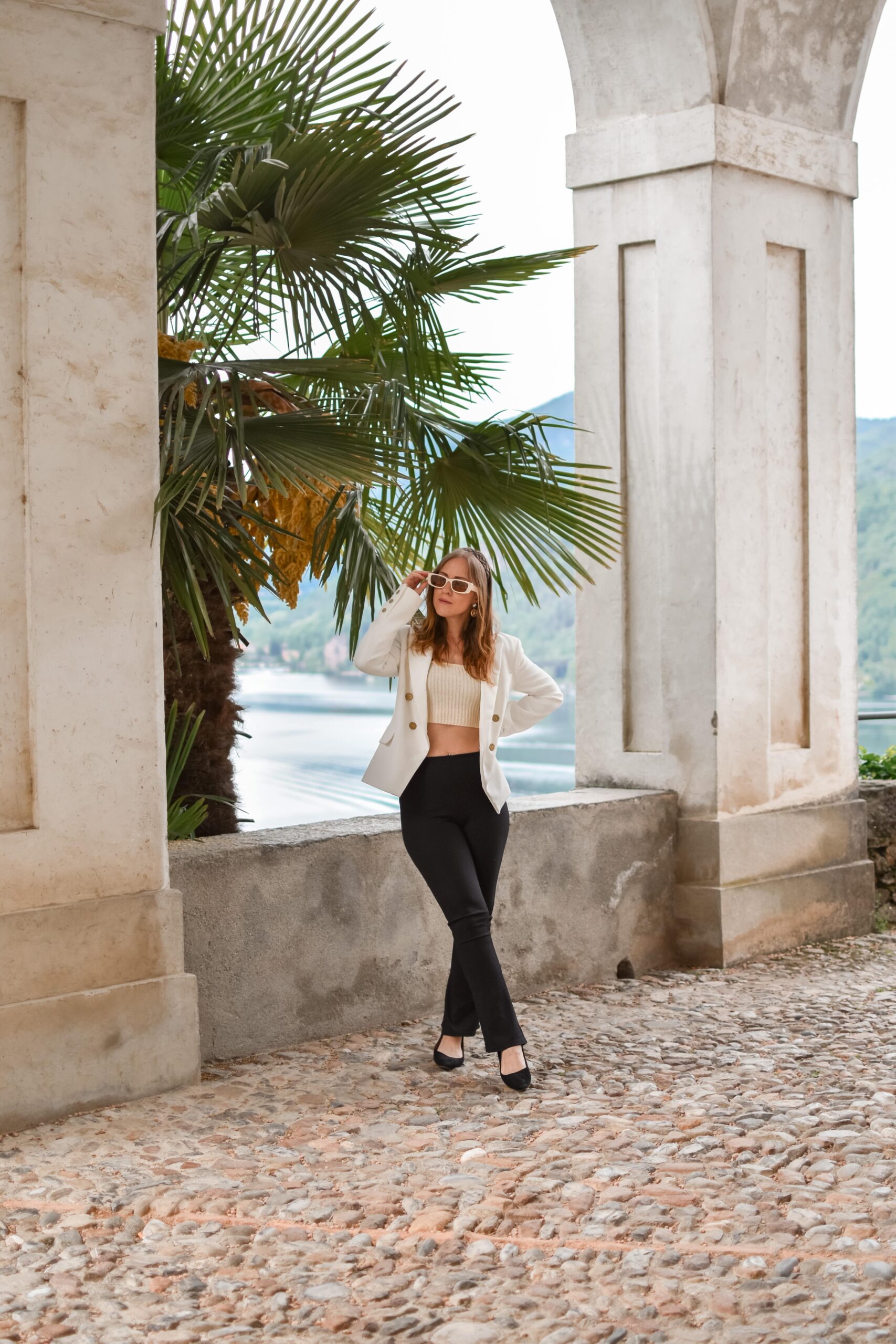
Morcote is a former fishing village with a lot of charm – you actually feel like in Bella Italia. Morcote is located on Lake Lugano. Don’t miss the spectacular Stations of the Cross up 400 steps to the pilgrimage church of Santa Maria del Sasso. The view is simply breathtaking. You will also find numerous photo spots here.
The church was probably built in the 13th century and rebuilt in 1462. In 1758, the change of orientation took place. The imposing bell tower was then raised in the 16th century, and from the stairs above the tower you have a fantastic view of Morcote and Lake Lugano.
You should not miss the Parco Scherrer, the entrance is free. There is a variety of plants to discover – from near and far. Especially beautiful is the subtropical vegetation, because palms, camellias, cypresses, bamboo and many other fragrant plants grow here. The park was created by Hermann Arthur Scherrer, a textile merchant from St. Gallen. Incidentally, the park consists of two areas with two predominant styles: the Mediterranean and the Asian.
Parco San Grato: Swing the world
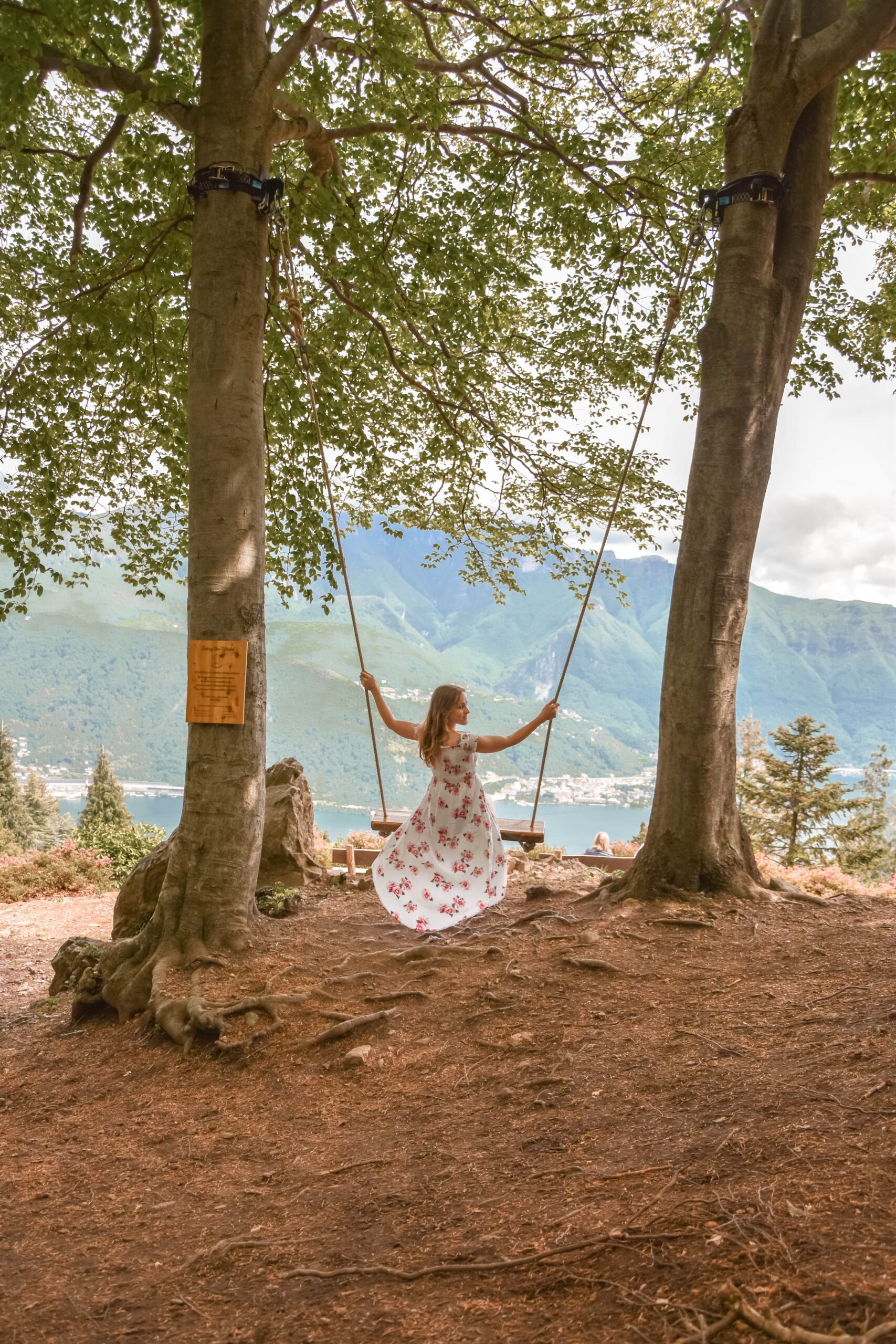
Parco San Grato is located 10km from the city of Lugano. It is a botanical garden on 200,000 square meters of total area. The park houses a varied collection of azaleas, rhododendrons and conifers. Especially in April and May, the former bloom beautifully. In addition, there is art to discover as well as playgrounds for the children. Not to be missed during your visit is the Swing the World swing with breathtaking views.
Isole di Brissago
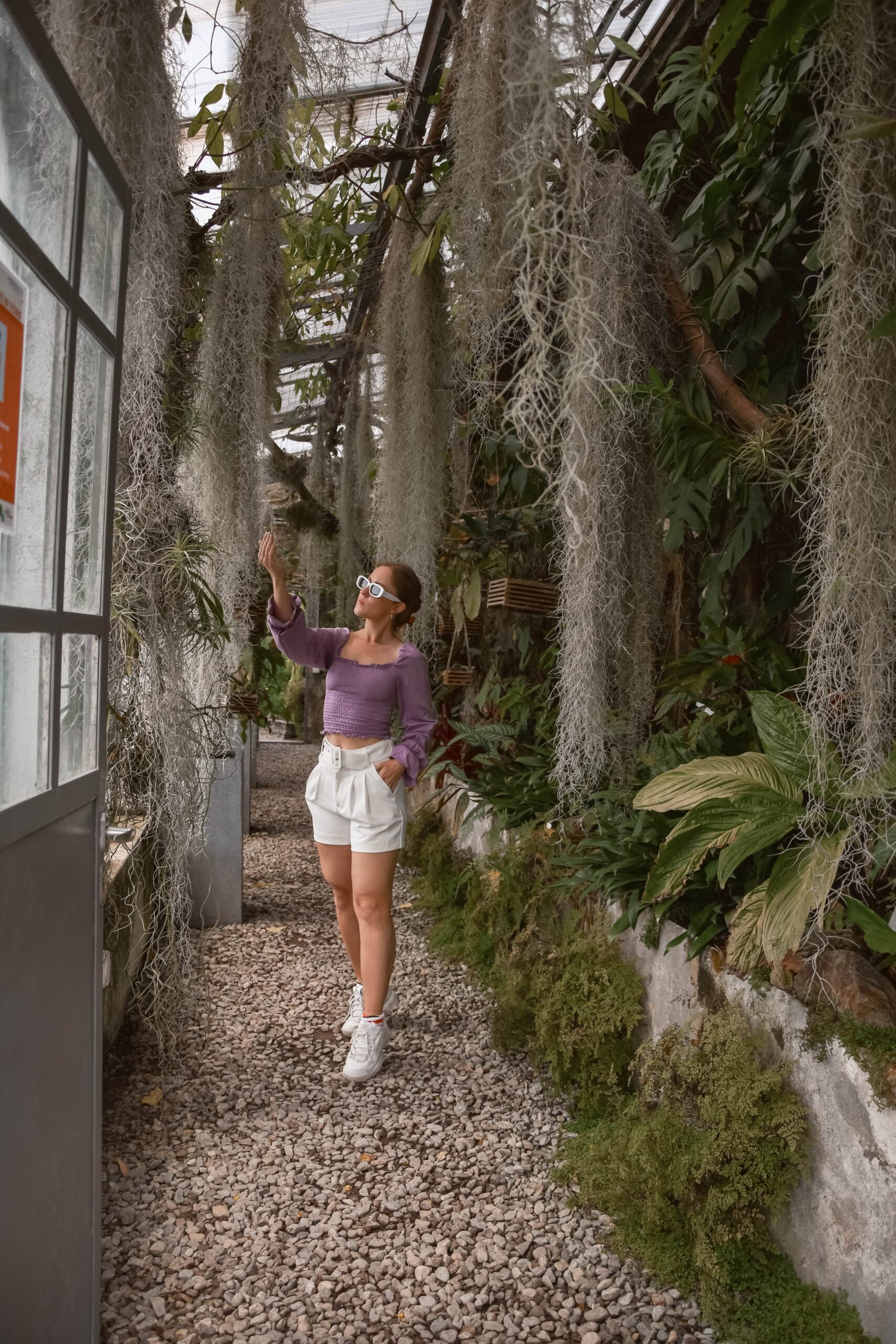
Last but not least, I can recommend a visit to the Isole di Brissago (Brissago Islands). With a small boat you can reach the island in a few minutes, which is open to visitors from April to November. The smaller island is called Isola di Sant’Apollinare and is covered by spontaneous vegetation, which is left in its natural state. On Isola Grande or Isola di San Pancrazio, which has been open to the public since 1950, plants of subtropical origin from the northern and southern hemispheres have been planted above all. The history of the islands begins in 1885 when Baroness Antoinette chose Saint-Léger and received guests there.
